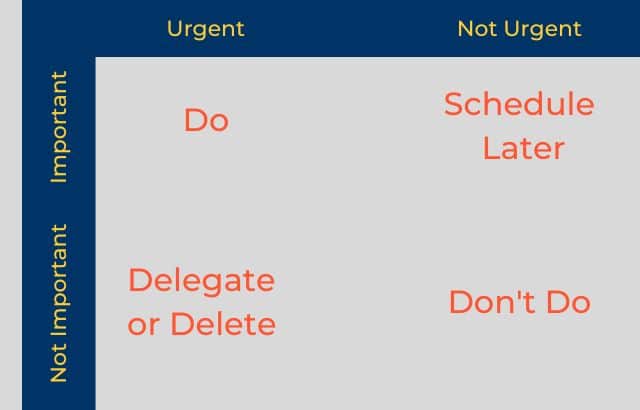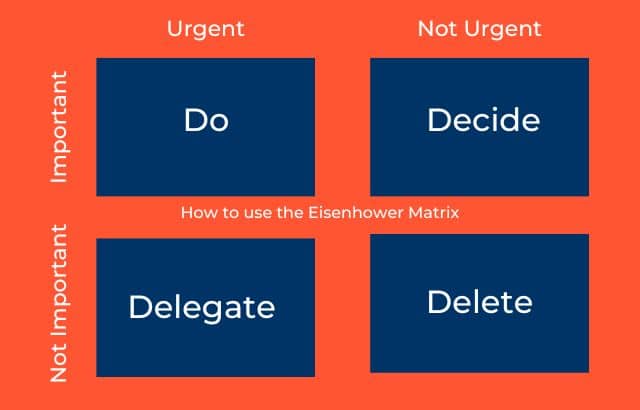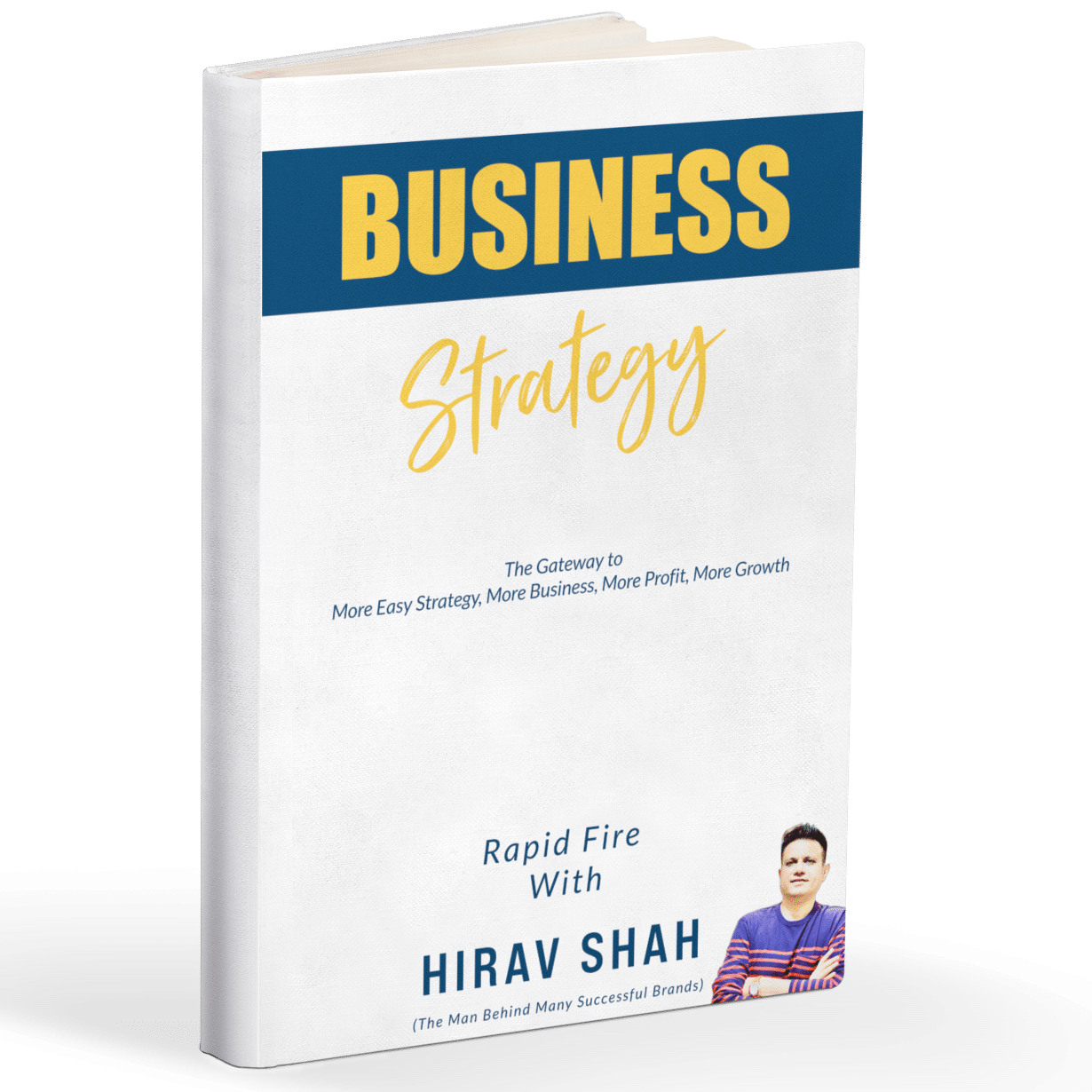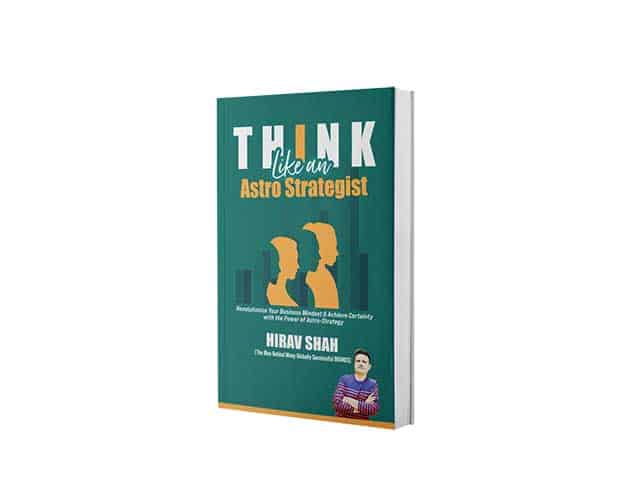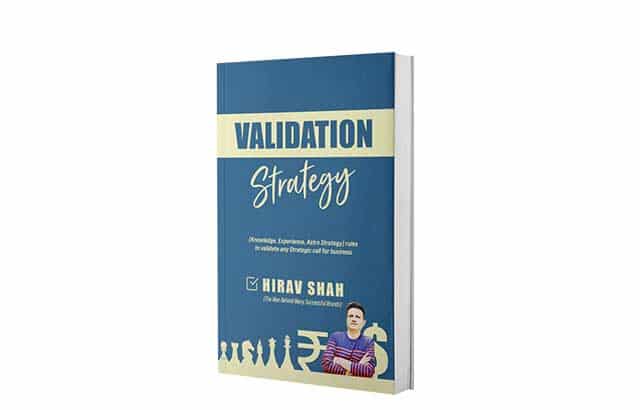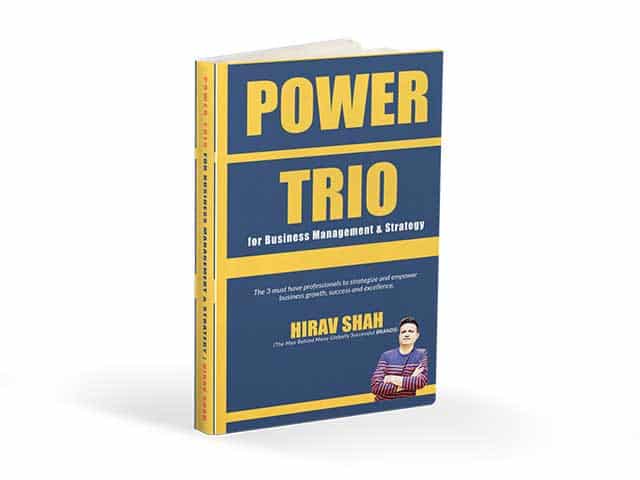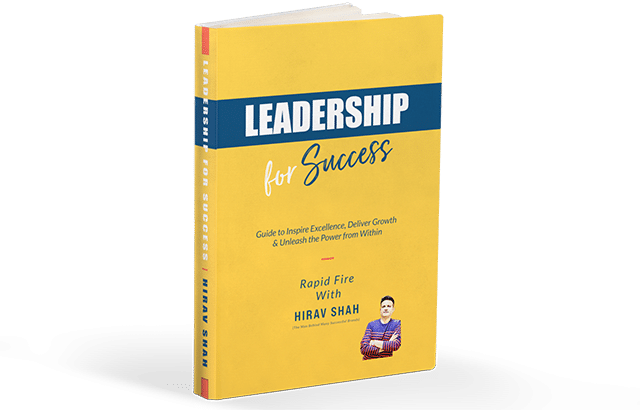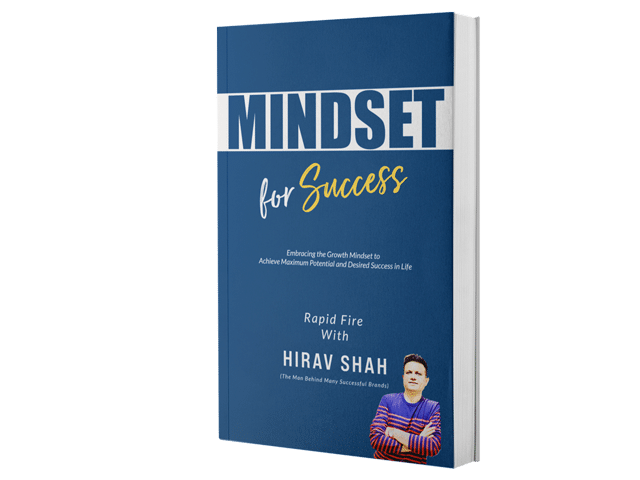Imagine waking up in a land where chores and emails are ferocious lists, deadlines stalk the horizon, and your to-do list is a hydra with a never-ending list of heads. Sounds familiar? Welcome to the chaotic kingdom of modern life, where feeling overwhelmed is practically a badge of honor. But fear not, brave adventurer! For I bring you a weapon forged in the fires of productivity: the Eisenhower Matrix.
Dwight D. Eisenhower, the legendary general and president, knew a thing or two about taming chaos. He developed this simple yet powerful tool to prioritize tasks based on two key factors: importance and urgency. Think of it as a magical sorting hat for your to-do list, sending each task to its rightful realm:
Do First: Urgent & Important – These are the fire-breathing lists demanding immediate attention. Think deadlines, emergencies, and tasks crucial to your goals. (Example: Finishing a presentation due tomorrow morning for a big client meeting)
Schedule Later: Important, but Not Urgent – These are the sneaky gremlins that might not be screaming for attention, but ignoring them could lead to trouble. Plan time for these tasks in your calendar to avoid future stress. (Example: Booking your car’s service appointment before it breaks down)
Delegate or Delete: Urgent, but Not Important – These are the pesky distractions masquerading as urgent. Can you delegate them to someone else? If not, consider if they’re truly worth your time. (Example: Responding to every single email notification that pops up)
Don’t Do: Not Urgent & Not Important – These are the time-wasting goblins best left in their caves. Avoid them like the plague! (Example: Scrolling through endless social media feeds)
But here’s the secret sauce most blogs won’t tell you: the Eisenhower Matrix is more than just a fancy sorting tool. It’s a mindset shift. By consciously categorizing your tasks, you break free from the tyranny of urgency and focus on what truly matters.
Table of Contents
Hidden Gems of the Eisenhower Matrix: What Others Might Not Tell You
Mindful Reflection in Quadrant II:
Most productivity blogs focus on the urgency of tasks, but the true magic lies in Quadrant II. Use this quadrant not just for planning, but also for introspection. According to a study in the Journal of Applied Psychology, individuals who engage in mindful planning and reflection experience improved well-being and job satisfaction.
The Power of Delegation:
Delegating tasks is a skill often overlooked in productivity discussions. A report by McKinsey & Company suggests that effective delegation not only reduces workload but also fosters a culture of collaboration and trust within teams
Eisenhower Matrix in Action: 5 Real-Life Examples
- Work Project Management: Imagine you’re leading a project at work. Quadrant I tasks may include immediate issues that need resolution, while Quadrant II tasks involve strategic planning for the project’s long-term success.
- Personal Development: Apply the matrix to your personal development goals. Quadrant II activities may involve learning new skills or pursuing hobbies that contribute to your well-being over time.
- Daily To-Do List: Use the matrix to prioritize your daily tasks. Focus on Quadrant I for time-sensitive matters and Quadrant II for activities that align with your broader objectives.
- Meeting Planning: Before scheduling a meeting, evaluate its urgency and importance. This can help streamline your calendar and avoid unnecessary time commitments.
- Family Time: Apply the matrix to your family life. Allocate time to urgent and important family matters (Quadrant I) and ensure you set aside quality time for meaningful activities (Quadrant II).
Here are some bonus tips to unleash the full power of the Matrix:
- Review your matrix regularly. As priorities change, so should your task placements.
- Be honest with yourself. Don’t mistake busywork for importance.
- Don’t be afraid to say no. Delegate or decline tasks that don’t fit your matrix.
- Celebrate your progress! Each conquered list (completed task) deserves a victory dance.
Remember, the Eisenhower Matrix is not a rigid rulebook but a flexible guide. Adapt it to your unique needs and watch your productivity soar. With this weapon in your arsenal, you’ll slay those to-do lists and emerge victorious from the chaos, one well-placed task at a time!
So, grab your metaphorical sword and shield (pen and planner?), draw your battle map (Eisenhower Matrix), and prepare to conquer your to-do list!

